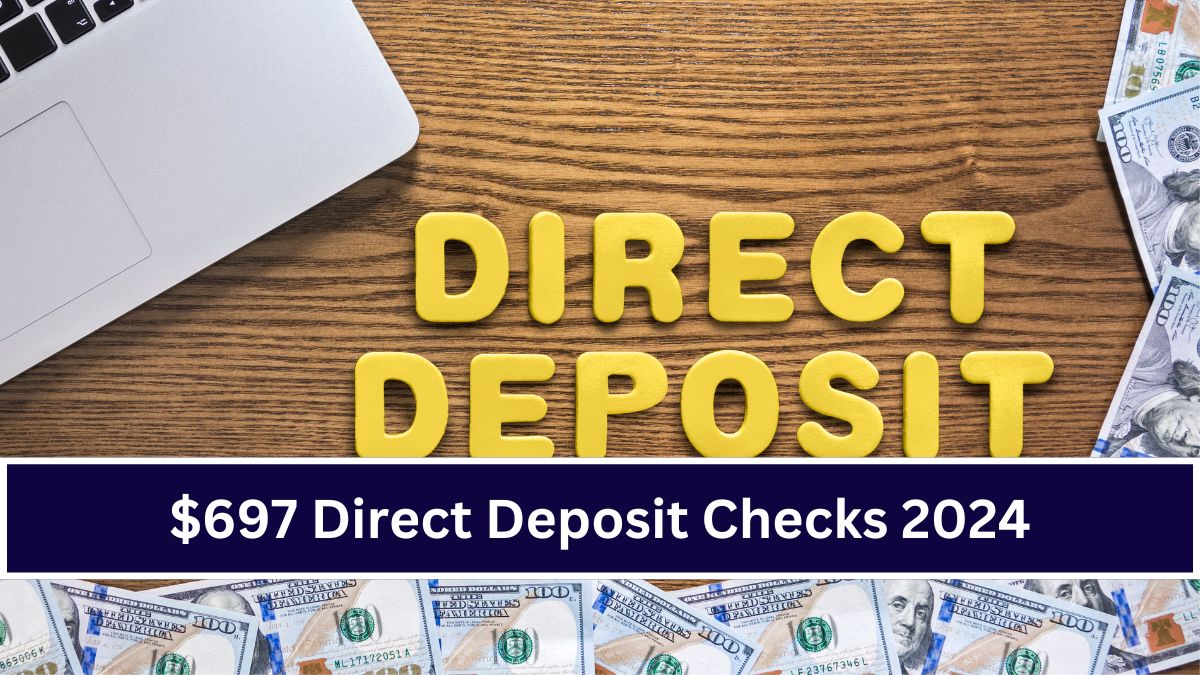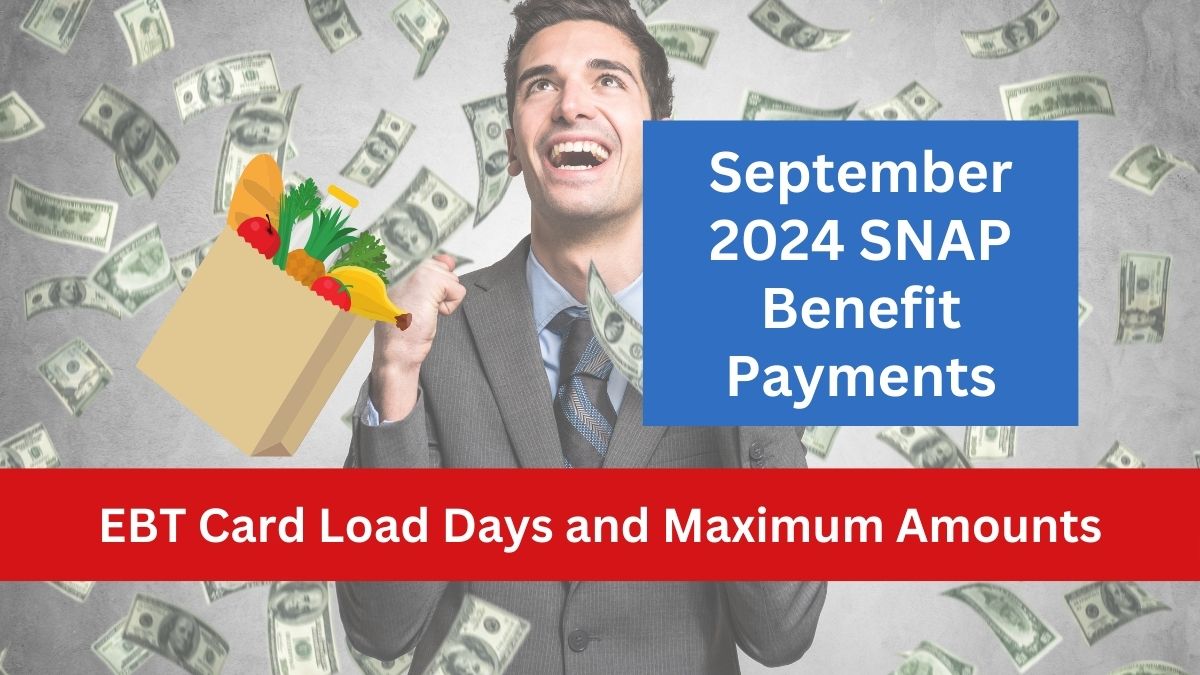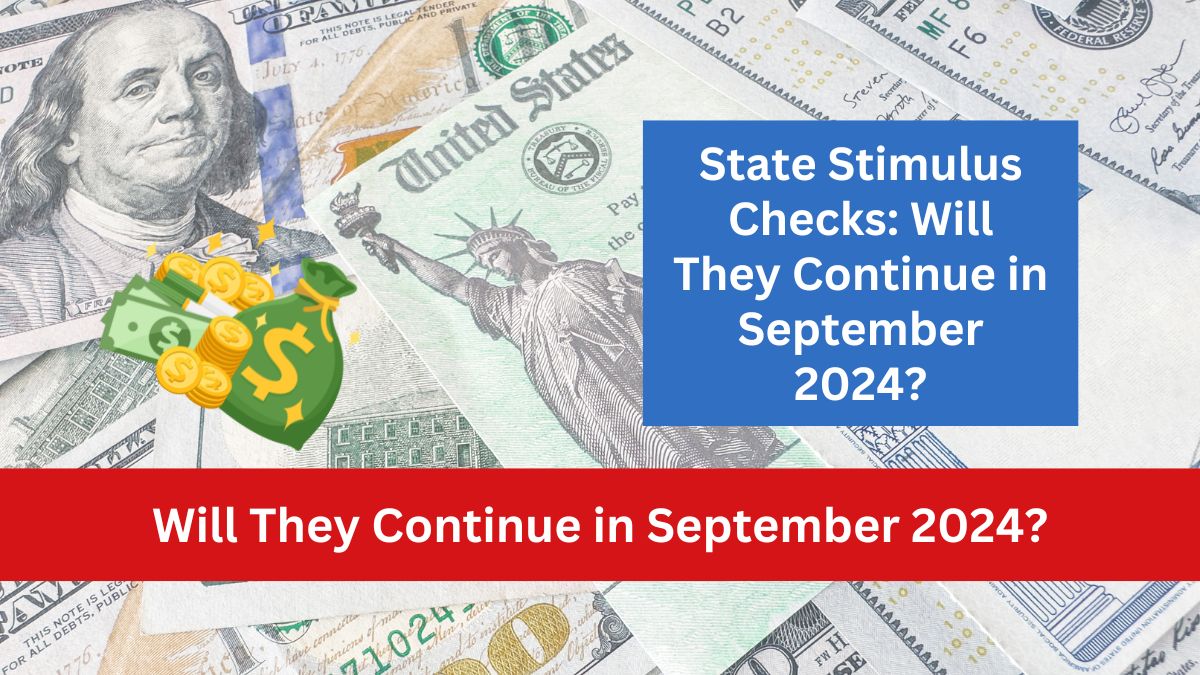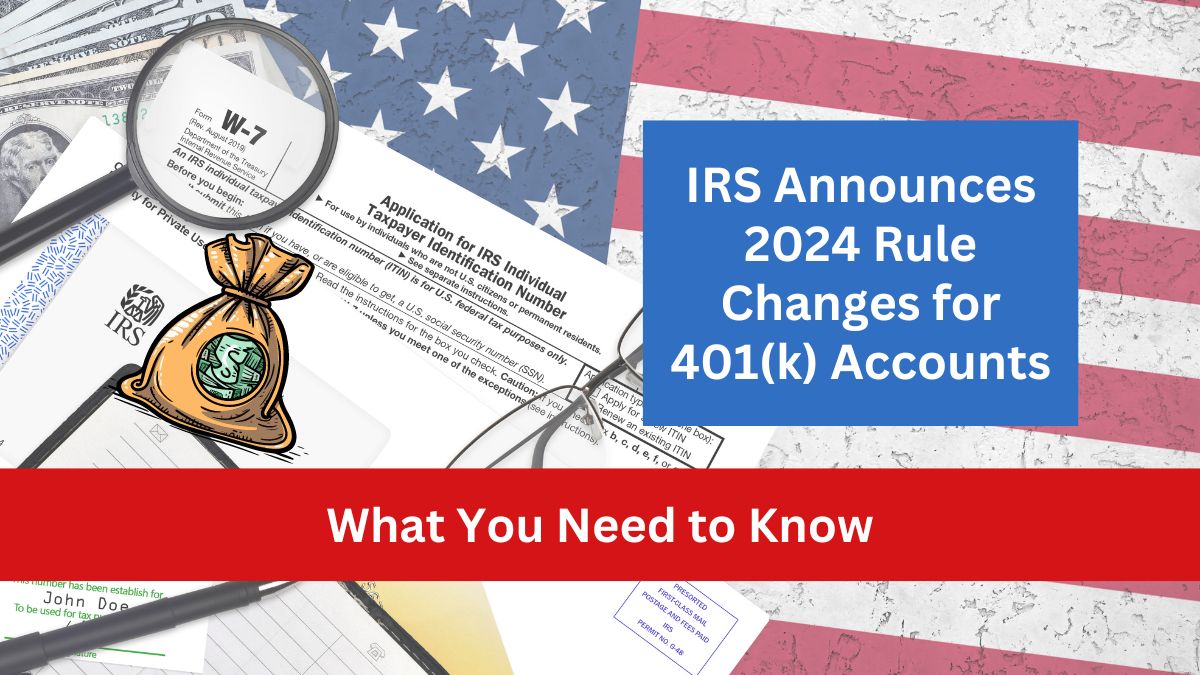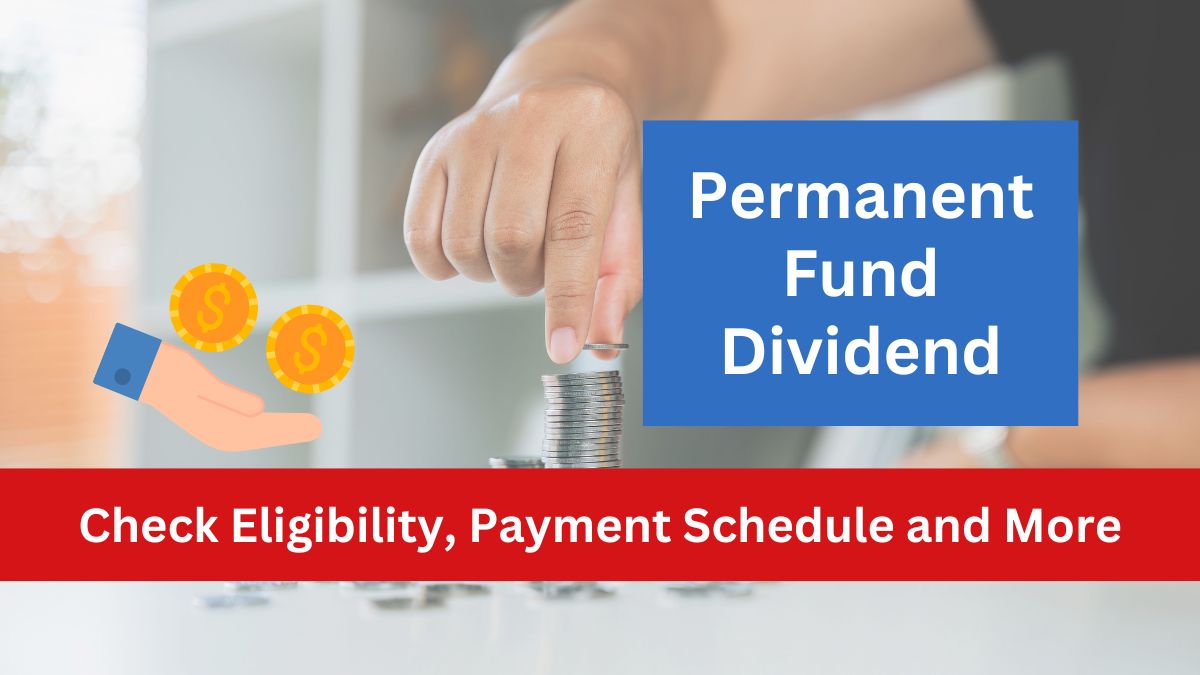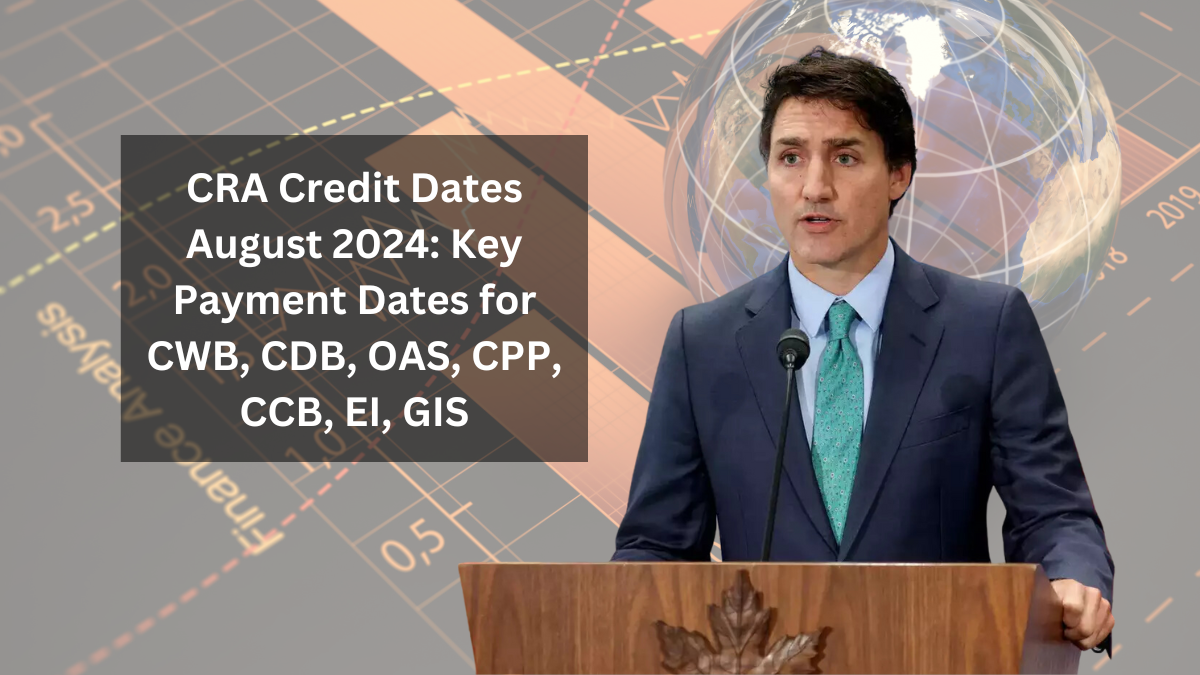The U.S. Department of Agriculture (USDA) has announced a significant update for the Supplemental Nutrition Assistance Program (SNAP), commonly known as Food Stamps, which is great news for millions of Americans.
This update includes a Cost of Living Adjustment (COLA) that will increase SNAP benefits for many, with the maximum payment reaching $586 per month in Alaska. Here’s everything you need to know about this upcoming change and how it will affect your benefits.
What is the COLA Adjustment?
The Cost of Living Adjustment (COLA) is an annual update made to SNAP benefits to account for inflation and the rising cost of living. This adjustment ensures that the assistance provided keeps pace with increasing prices of food and other essential items.

For 2024, the COLA adjustment will take effect in October, meaning beneficiaries will see an increase in their SNAP payments starting from that month.
Impact of the COLA Adjustment on SNAP Benefits
- Maximum Benefit in Alaska: Alaska residents will see the largest increase, with the maximum SNAP benefit rising to $586 per month. This substantial boost is due to Alaska’s higher cost of living, helping recipients better manage their expenses.
- Other States: While Alaska will experience the highest increase, other states will also see a rise in benefits. The new maximum allotment for most states will be $292 per family member, ensuring that households receive more support to meet their nutritional needs.
- Hawaii: In contrast to other states, Hawaii will see a decrease in its maximum SNAP allotments. While the reasons for this decrease are not fully explained, it is important for Hawaiian residents to be aware and plan accordingly.
When Will the Increase Take Effect?
Although the USDA’s announcement is encouraging, the COLA increase won’t be reflected in your SNAP benefits until October 2024.
This delay means beneficiaries will need to wait a bit longer before experiencing the boost in their payments. However, this early notice provides time to plan and prepare for the upcoming changes.
SNAP Payment Schedule for August 2024
While the COLA adjustment is still a few months away, SNAP payments for August 2024 are being distributed according to each state’s schedule. Here’s a breakdown of when you can expect your benefits this month:
- Alabama: August 4 to 23
- Alaska: August 1
- Arizona: August 1 to 13
- Arkansas: August 4 to 13
- California: August 1 to 10
- Colorado: August 1 to 10
- Connecticut: August 1 to 3
- Delaware: August 2 to 23
- District of Columbia: August 1 to 10
- Florida: August 1 to 28
- Georgia: August 5 to 23
- Guam: August 1 to 10
- Hawaii: August 3 to 5
- Idaho: August 1 to 10
- Illinois: August 1 to 10
- Indiana: August 5 to 23
- Iowa: August 1 to 10
- Kansas: August 1 to 10
- Kentucky: August 1 to 19
- Louisiana: August 1 to 23
- Maine: August 10 to 14
- Maryland: August 4 to 23
- Massachusetts: August 1 to 14
- Michigan: August 3 to 21
- Minnesota: August 4 to 13
- Mississippi: August 4 to 21
- Missouri: August 1 to 22
- Montana: August 2 to 6
- Nebraska: August 1 to 5
- Nevada: August 1 to 10
- New Hampshire: August 5
- New Jersey: August 1 to 5
- New Mexico: August 1 to 20
- New York: August 1 to 9
- North Carolina: August 3 to 21
- North Dakota: August 1
- Ohio: August 2 to 20
- Oklahoma: August 1 to 10
- Oregon: August 1 to 9
- Pennsylvania: August 3 to 14
- Puerto Rico: August 4 to 22
- Rhode Island: August 1
- South Carolina: August 1 to 10
- South Dakota: August 10
- Tennessee: August 1 to 20
- Texas: August 1 to 28
- Utah: August 5, 11, and 15
- Virgin Islands: August 1
- Vermont: August 1
- Virginia: August 1 to 7
- Washington: August 1 to 20
- West Virginia: August 1 to 9
- Wisconsin: August 1 to 15
- Wyoming: August 1 to 4
Checking Your EBT Card Balance
To ensure that you receive your SNAP benefits, it’s important to regularly check the balance on your EBT card. This quick step will confirm that your funds are available and help you stay updated on your benefits, allowing you to plan your grocery shopping accordingly.

Preparing for the COLA Adjustment
As October approaches, it’s a good idea to stay informed about the upcoming COLA adjustment. The increase in SNAP benefits, while modest, will provide additional support to help families manage their food expenses.
By planning ahead and understanding how these changes will impact your benefits, you can make the most of the financial assistance provided by SNAP.
Conclusion
The upcoming COLA adjustment to SNAP benefits is a positive development for millions of Americans, offering increased financial support to help manage rising food costs. Although the changes won’t take effect until October 2024, staying informed and planning ahead will help you make the most of your benefits. By checking your payment schedule and preparing for the increase, you can ensure that your household remains food secure and financially stable.
Q1. When will the SNAP benefit increase take effect?
A. The increase due to the Cost of Living Adjustment (COLA) will take effect in October 2024.
Q2. What is the maximum SNAP benefit in Alaska after the increase?
A. The maximum SNAP benefit in Alaska will rise to $586 per month starting in October 2024.
Q3. Why is Hawaii experiencing a decrease in SNAP benefits?
A. While most states will see an increase, Hawaii will have a decrease in its maximum SNAP allotments. The specific reasons for this are not fully detailed, but it’s important for residents to plan accordingly.
Q4. How can I check my SNAP benefit balance?
A. You can check your SNAP benefit balance by logging into your EBT account online or using your EBT card at an ATM or grocery store.
Q5. What are the income limits for SNAP eligibility?
A. SNAP eligibility is based on income and resource limits, which vary by household size. The income limit for a single-person household is typically 130% of the federal poverty level.



